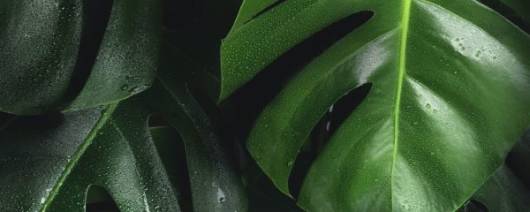
- INCI Name:Eucalyptus Citriodora Oil
- Ingredient Origin:Natural Origin, Non-Animal Origin, Plant Origin
- Benefit Claims:Non-Irradiated, Anti-Fungal, Anti-Inflammatory, Healing, Anti-Bacterial
- Labeling Claims:Naturally Derived, TSE-free, Natural, CMR Substances-free, Non-Toxic, Cruelty-Free, BSE-free, Plant-Based, Not Tested on Animals, Phthalates-free, Ulta Beauty's Conscious Beauty, Not Listed In California Proposition 65, Nanomaterials-free, Non-GMO, Organic
- Certifications & Compliance:Organic Certified, USDA Certified, FDA Compliant, Nagoya Compliant
Eucalyptus citriodora is a tall tree, growing up to 40 meters in height (but sometimes taller), from temperate and tropical north eastern Australia. It is one of the most popular eucalyptus trees grown throughout Melbourne in Australia, which is its native country. This species is believed to have originated from a restricted area of Queensland on the Tropic of Capricorn, and is now found growing throughout the world’s tropical climates. It is also known as lemon-scented gum, blue spotted gum, lemon eucalyptus. It has smooth, pale, uniform or slightly mottled bark, white to coppery in summer, and a conspicuously narrow-leaved crown which smells strongly of lemons. Pear-shaped buds are borne in clusters of three, formed in the corner of leaf and stem junctions, whilst fruit (capsules) are urn-shaped. The bark is smooth for the entire height of the tree, often powdery shedding in thin curling flakes. It prefers lighter, slightly acidic loamy soils and occurs in dry sclerophyll forest and woodlands in hilly country. All species of eucalyptus leaves have been used in traditional Aboriginal bush medicine for thousands of years. Infusions made of E. citriodora leaves were taken internally to reduce fevers and ease gastric conditions, and applied externally as a wash for the analgesic, anti-fungal and anti-inflammatory properties. Aborigines would make leaves into a poultice and apply them to ease joint pain and speed up the healing of cuts, skin conditions, wounds and infections. Respiratory infections, colds and sinus congestion were treated by inhaling the vapors of steamed leaves, and to treat rheumatism the leaves were made into beds or used in steam pits heated by fire. The therapeutic qualities of the leaves and its essential oil were eventually introduced and integrated into many traditional medicine systems, including Chinese, Indian Ayurvedic and Greco-European. Find out more about our 8 other species of Eucalyptus in the video below and discover the different uses of their essential oils in our Essence of Eucalyptus blog post.